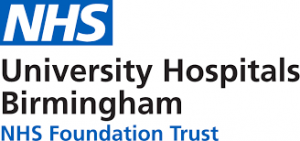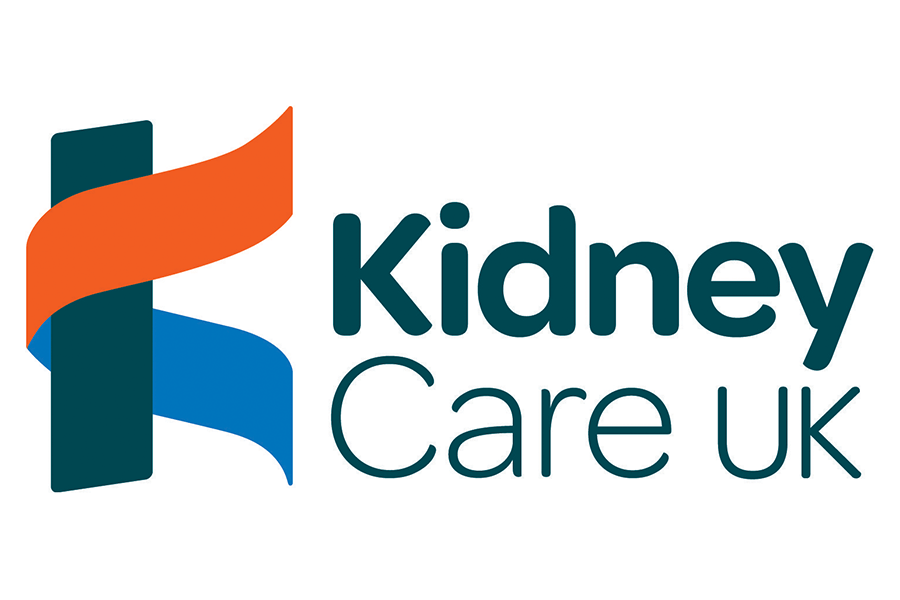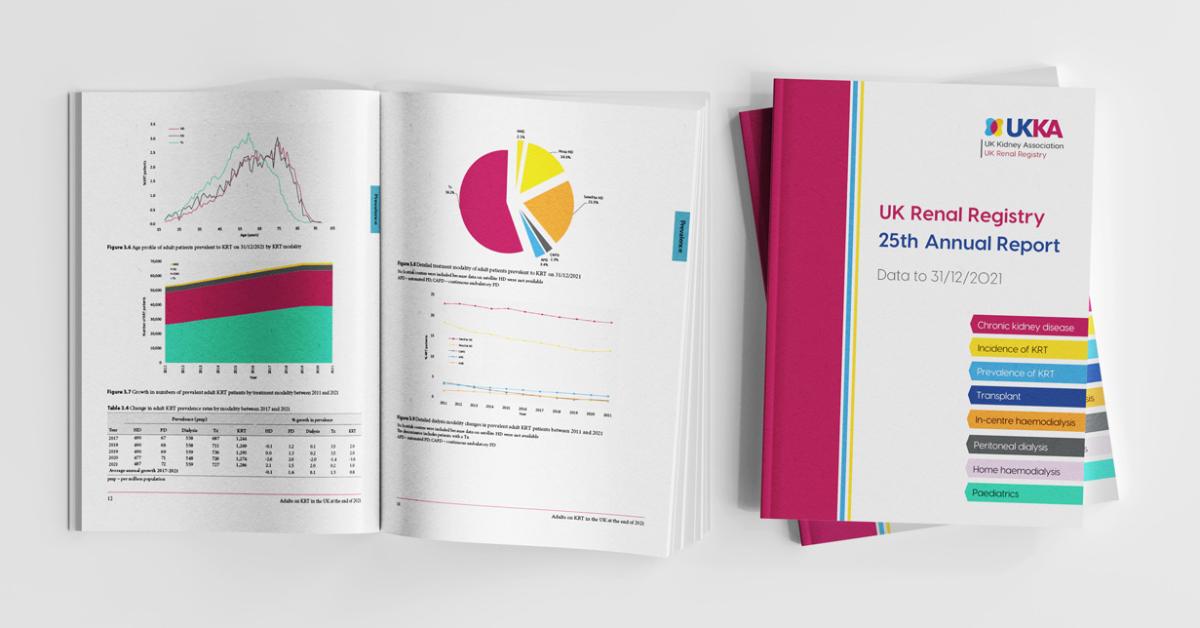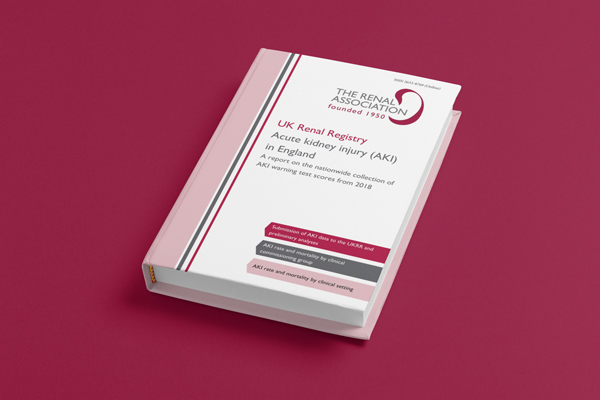Haemodialysis
Learning from one renal unit’s transformation in response to COVID-19
Stephanie Stringer, Annette Dodds, Anne-Marie Phythian, Lynette Groombridge and Gabby Hadley

Context
In the period prior to the Covid-19 pandemic we were in the process of merging with another organization, this means that in addition to the substantial changes associated with managing covid-19 we were also managing a much larger HD service with historically different ways of working across sites. In many ways the necessity of a centralized and uniform service created by the demands of Covid-19 accelerated the integration of the two services and as a result we are now a far more unified service than previously. This is probably the greatest overall benefit to us but other, specific, beneficial changes are listed below
Summary of beneficial changes
- Rapid creation of in centre HD capacity for purposes of cohorting
- New starters beginning HD at satellite units
- Incremental HD starts for new patients
- Management of staffing shortages: nurses who had previously worked in HD
- Management of staffing shortages: medical students and sexual health nurses to work as HCAs and DSW
- The use of technology to replace face to face activity in the satellite program
- The rapid production of Standard Operating Procedures, training documents and patient communication
Rapid creation of in centre HD capacity for purposes of cohorting
This was something that we had been trying to do for some time; it had previously proved very difficult to get patients out into the satellite program from the hub units mainly because of a combination of patient reluctance to move to a less supervised environment and mainly capacity in the satellite program. Covid-19 made both easier; patients felt that they would be much safer in the satellite program (at the very outset I walked round all the patients with the lead nurse and explained that soon the outpatient slots in centre would become cohort shifts with potentially infected patients). Patients were made aware that their move to a satellite unit would be a permanent one. We did retain a small number of in centre patients who were not suitable for transfer out (usually because they are medically too unstable or they require a bed for dialysis). We created satellite capacity in the following ways;
- As soon as a patient from a satellite unit was admitted we used their slot (we would have previously waited for 2 weeks before releasing their slot)
- We opened up twilight slots at two NHS units and expanded slots at another private provider unit
- We instituted a policy of HD reduction for shielding purposes to 2x weekly for suitable patients. This created capacity though that was not the main aim of the policy
- Sadly patient deaths also created satellite capacity
We plan to maintain this by keeping very close oversight of the in centre units, having clearer oversight of the satellite capacity and continuing to keep the extra slots open as required.
New starters beginning HD at satellite units
Prior to Covid-19 new dialysis starters almost always had their initial dialysis in centre and then moved to a satellite unit following this, the exception is the patients who were looked after by the Heartlands group who were able to start dialysis at one of their NHS satellite units. While there are advantages to beginning dialysis in centre (the presence of medical supervision and access to nurses with specialised cannulation skills) a major disadvantage of starting patients in centre is that it can become very difficult to move them out in a timely fashion which can result in the filling up of in centre capacity. We felt that it was important to unify this process and we did this in the following ways;
- We discussed this with our private providers who were keen that we develop a formal pathway for this
- We developed an SOP which stated that unless there is a specific indication to start in centre all patients will be assumed to be suitable for a satellite start
Incremental HD starts for new patients
Prior to Covid-19 we had discussed the use of incremental dialysis starts for new patients but had not managed to roll this out. At the outset of Covid-19 we decided that we would immediately commence this and we did so using the following process;
- The CKD team were told that this was now how patients will be starting HD (unless there is a specific clinical request to start at thrice weekly)
- Pre dialysis education (such as it was during the pandemic) was updated
- The core HD coordination team ensured that patients who started HD after a hospital admission were assessed for their suitability for an incremental start by the Consultant discharging them
- Patients starting in this way are all told that at some point a clinical decision will be made to increase their dialysis to thrice weekly
Centralised control of the HD program by a small team
During covid-10 the changes to inpatient rotas meant that the availability of the Consultant workforce to continue to provide medical supervision for their satellite units was radically reduced. This left a very small core of Consultants and specialist nurses to run the entire program, the satellite units were forced to manage with significantly less medical support than usual and in almost all cases they did so. We ensured that the units all still had access to urgent medical support, weekly troubleshooting calls and monthly dialysis QAs (done remotely). We set up an email inbox for all HD queries so that they could be dealt with centrally. All of the monitoring of the twice weekly shielded patients was conducted by this group. This was a great deal of work but the program ran safely and efficiently during this time. While this was not a permanent change to our model of care the following aspects could persist;
- Close coordination between the HD lead coordinators from the historic QE and Heartlands sites with management of program capacity
- Regular update calls with the units from the HD leadership team
- Ongoing support for the satellite units to practice in a safe but more autonomous way
- We now know that in a similar situation it is possible to successfully run the program using this command and control model
Maintaining social distancing at dialysis units
To reduce the transmission of Covid-19 within dialysis units we encouraged the use of private rather than hospital transport, we reduced the use of waiting areas and staggered shift start times to avoid mixing of patients from different shifts.
Management of staffing shortages: nurses who had previously worked in HD
It was anticipated that Covid-19 was likely to bring significant staffing pressures, either as result of sickness or because of the need to support dialysis in other areas such as ITU. A great effort was made to support those nurses who had previously worked in HD to return safely. Some of these nurses (they were specialist nurses with an HD background) had been working in an HD environment prior to Covid-19 so no training or additional support was required, some had not worked in HD for some time. The following measures were put in place to make the most effective use of this valuable resource;
- An urgent assessment of all the nurses in the organisation who had HD skills was made by the matron at the outset
- They were approached and an assessment of their training needs was made
- A structured process of support and assessment was put in place to ensure that that they were able to practice independently as quickly as possible
- To maintain these skills they will all spend at least half a day a month in HD going forward
Management of staffing shortages: medical students and sexual health nurses to work as HCAs and DSW
We were able to utilise colleagues from the sexual health clinic and medical students to work at the dialysis units. They all had an initial induction and were taken on to the unit to practice lining and priming, all redeployed staff were given a competency document and a mentor/buddy to work with. The Home HD CNS team also regularly visited the support workers on the unit to support completion of the competency document. Informal feedback from both the dialysis teams and the staff themselves has been excellent. Although the teams were a little reluctant at first as it felt like extra pressure to train staff when they were already under pressure, they soon felt the benefit. We are planning a formal evaluation initially with the medical students. We will keep the training documents up to date to ensure that should we need to roll out similar changes in future we can do so at pace.
The use of technology to replace face to face activity in the satellite program
The initial limited availability of clinical staff and the on-going need to reduce footfall at dialysis units to protect patients has driven a use of technology to provide care for our patients. We now use video conferencing technology for QA meetings, this is very time efficient (some of our units are located a long way from base and the travelling times were significant) and will work well in the long term. We have also introduced video and phone reviews in place of face to face reviews which enable staff to work remotely. An on-going issue is the need to sign paper dialysis prescriptions, we have overcome this by arranging for non patient transport to bring the prescriptions back to the hub in a secure document wallet where they are re-written by the HD coordinators and sent back on the same day.
The rate of production of SOPs/training documents and patient communication
During Covid-19 we needed to rapidly respond to a fast moving situation, this involved producing documents rapidly and communicating clearly and regularly with our patients. The core HD team were involved in this effort which resulted in a master SOP for managing Covid-19 in a dialysis program. The beneficial aspect of this is that we needed a unified HD SOP after the merger and this can now be based on the Covid-19 document. We wrote to our patients regularly and also used social media to communicate important messages.
Key messages
- It is possible to run a very large dialysis program with a very small team but this is not a long term option
- It is important to think about all parts of the haemodialysis process when managing social distancing
- You need to keep communicating with patients and staff
- You need to keep all your documentation up to date as things will change quickly






